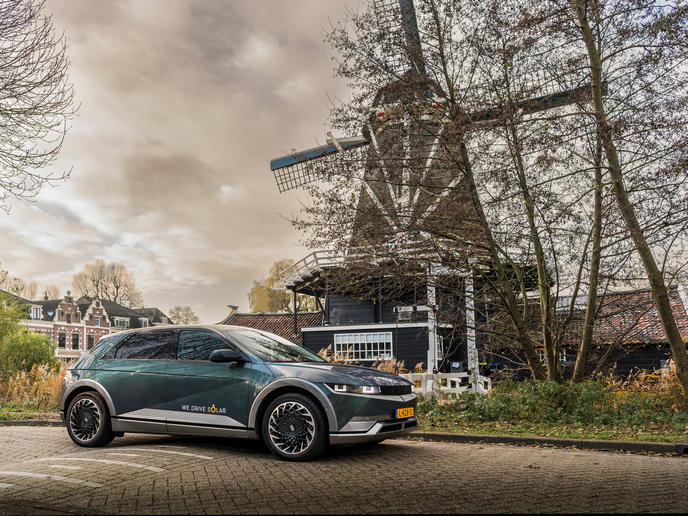A beacon guiding the way to more sustainable European cities
Enhancing the sustainability of our cities can mitigate the impacts of climate change while improving conditions for its inhabitants. This requires developing innovative solutions, streamlining their implementation and access, and engaging an innovation ecosystem that includes the public. The ambitious EU-funded IRIS project led by the Municipality of Utrecht, together with 55 partner organisations, set out to do just this. As a Smart Cities and Communities lighthouse project, IRIS supported three European lighthouse cities and their four fellow cities in delivering sustainable energy and mobility services.
An urban energy and mobility toolbox
IRIS demonstrated approximately 60 tailor-made solution packages in 3 lighthouse cities, combining 16 integrated solutions developed within IRIS according to 5 transition tracks. The solutions integrated smart homes and buildings, electric mobility, renewables, energy management, energy storage and active citizen engagement/co-creation. Cities can mix and match these according to their characteristics and district-specific needs. The lighthouse cities and their followers have demonstrated the tremendous impact they can have. Among the many and varied successes, “Utrecht became the first city in the world to implement bidirectional vehicle-to-grid (V2G) charging technology on a large scale. It enables electric vehicle (EV) batteries to both charge from the grid and deliver energy back to it, supporting renewable energy integration and helping to balance the grid. The city-wide network of 700 bidirectional charging stations and 200 shared EVs, of which 25 support bidirectional charging, is the world’s largest living lab for V2G charging and a tremendous boost for the technology’s development,” according to project coordinator Roel Massink of the Municipality of Utrecht. In Gothenburg, the co-operative housing company Riksbyggen proved the success of their decision not to include private parking spaces in their innovative housing concept, Viva. “By using the EC2B app for Mobility-as-a-Service, not only have residents shifted from private cars to shared EVs, but overall car usage is almost half the average for Gothenburg,” said Lennart Persson, CEO of Trivector’s subsidiary EC2B Mobility. IRIS’s work also led to the world’s first retrofitted positive-energy high-rise residential building. Integrated solutions enabled the 10-storey, 58-unit social housing building in Utrecht to generate more energy than the residents use. In Nice, a demonstrator ‘smart’ building includes smart lighting, ventilation and EV charging systems, as well as opaque glass that prevents direct sunlight from heating it. Additional information can be found on IRIS’s website, including webinars complete with public-access presentation slides and key solutions of lighthouse cities. For those seeking to ‘follow’, fellow cities noted that replication is not just copy and paste. Technical challenges were secondary to remodelling the governance structures and innovation management in their local ecosystems.
The human factor: transdisciplinary innovation teams and citizen engagement
IRIS found that one of the most important success factors is the collaborative ecosystem, including the innovation team/management and the public. The project identified key team characteristics and developed tailored, design-driven methods to increase the likelihood of the public embracing new technologies. Massink concludes: “A successful European collaboration project requires three key foundations: nurturing a collaborative community focused on learning rather than success; creating a safe space for experimentation; and using design expertise to uncover hidden stories of failure and success.” IRIS is a beacon guiding the way to more sustainable European cities with stable, secure and affordable energy and mobility services for citizens with broad-reaching and tangible impact on our planet’s well-being and that of its inhabitants.
Keywords
IRIS, energy, mobility, EV, lighthouse cities, follower cities, V2G, electric vehicle, Mobility-as-a-Service, smart cities

